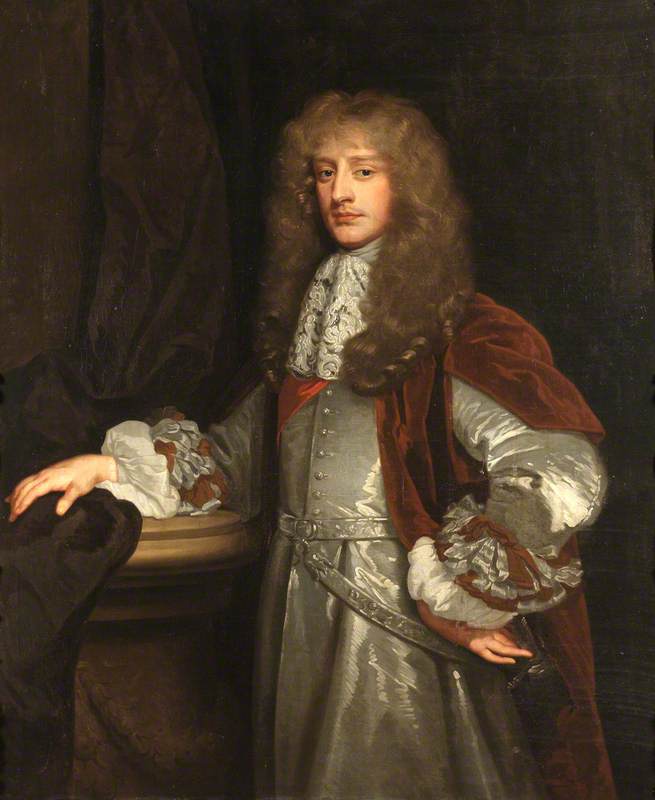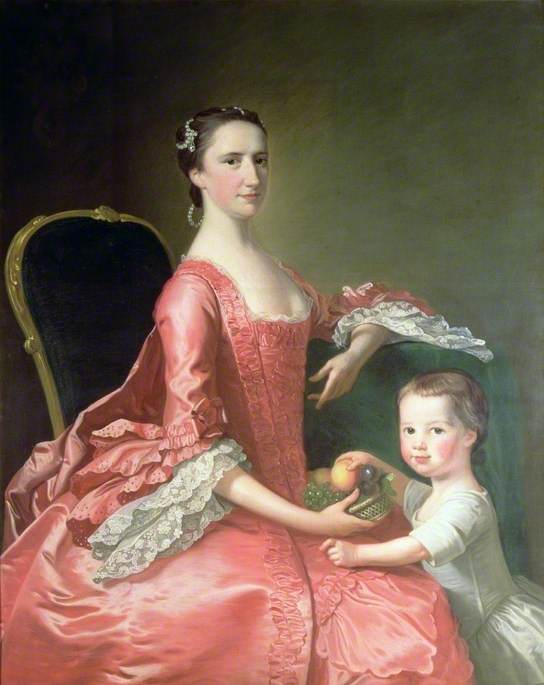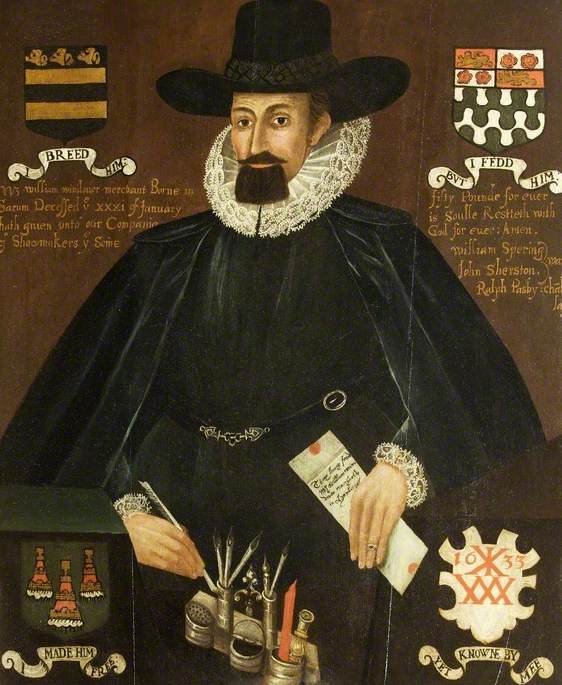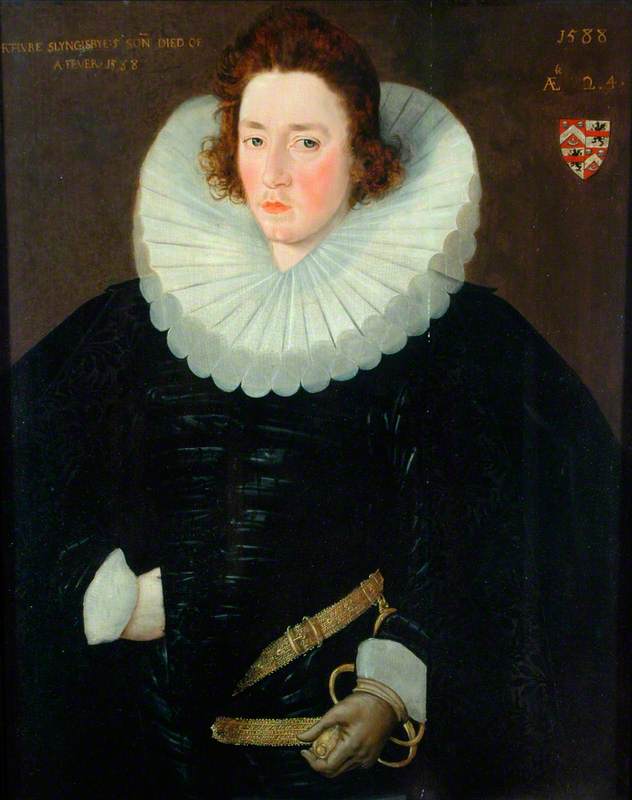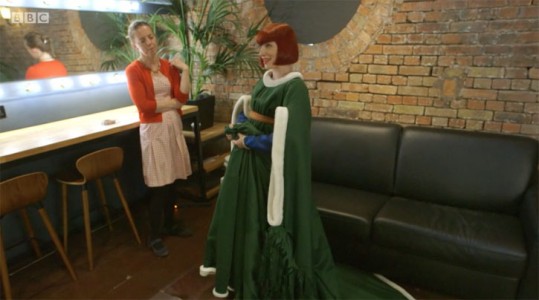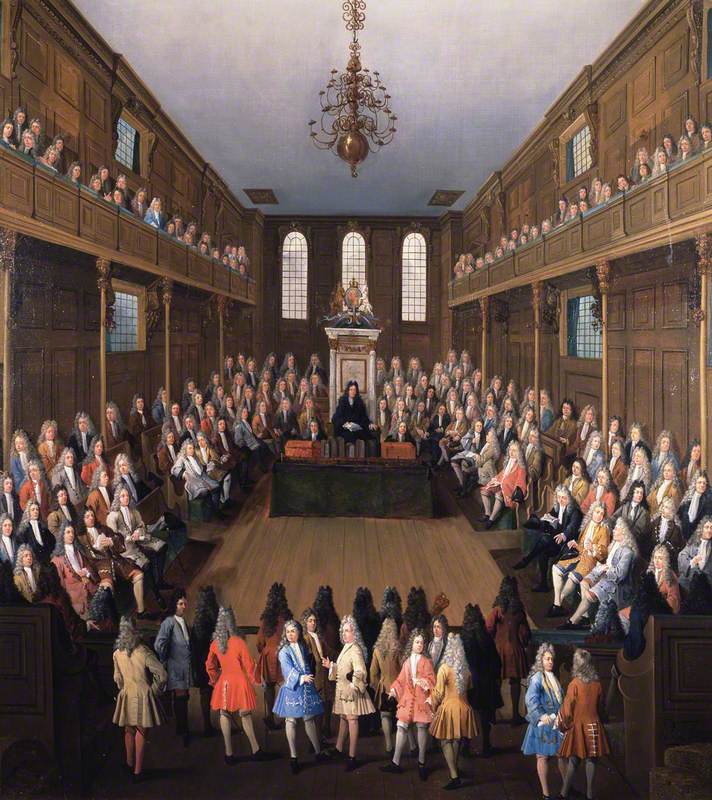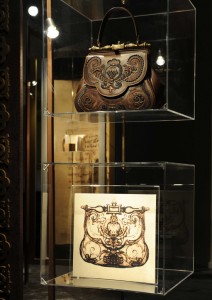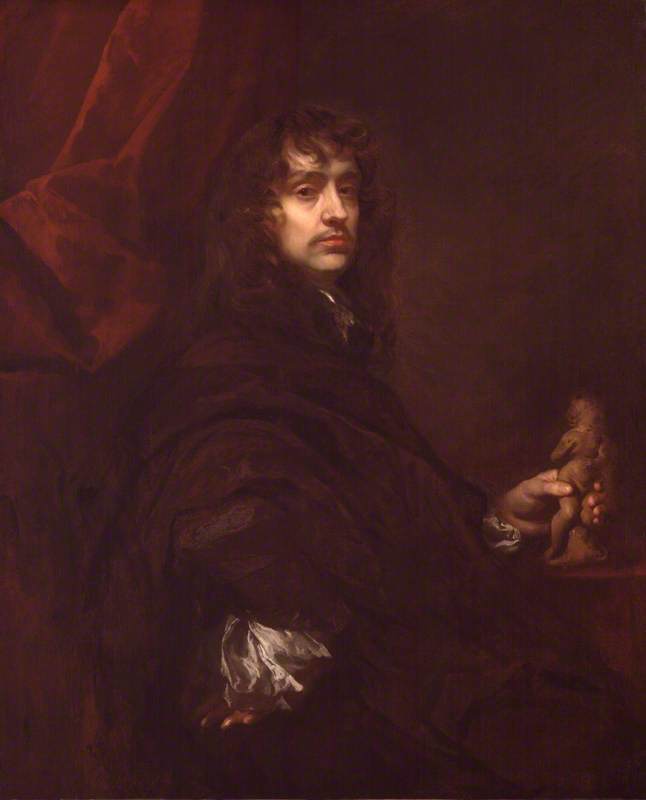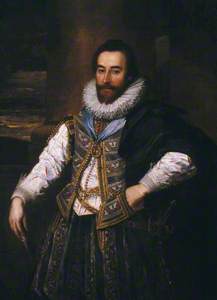In the seventeenth century there was a noticeable change in male attire from the doublet and hose of the Jacobean era to the vest and coat of the early Georgian period.
Robert Sydney (1595–1677), 2nd Earl of Leicester, KG, KB
Anthony van Dyck (1599–1641) (style of) 
In most cases such a shift is often an evolution over a period of time. With the vest and coat, however, the change can be pinpointed to a specific introduction by Charles II.
The new male attire was introduced on 14th October 1666 to deal with direct accusations that England was being dictated to by France in all matters, right down to the clothes the court wore. France had long influenced the fashions of Europe and the wearing of another nation's fashion signified subservience; in the patriarchal world of seventeenth-century England, France was making England its mistress simply through the dictation of court dress.
George Gordon, 2nd Marquess of Huntly (c.1590–1649)
Anthony van Dyck (1599–1641) (after) 
The writer John Evelyn's pamphlet, Tyrannus of 1661, denounced this fashion but also provided a solution: ‘would the great Persons of England but owne their nation, and assert themselves as they ought to do, by making choice of some Virile and comely fashion’.
The new fashion introduced in 1666 was, for Evelyn, simply ‘the most graceful, virile and useful mode that ever appeared at court’. At once the vest and coat reasserted England's independence from foreign influence, and the English court, which dictated fashion to the rest of society, was now setting a truly masculine example.
Unlike the doublet, which gave an illusion of figure through padding and whalebone contours, the coat and vest was cut for the wearer, embracing the natural form. It was devoid of ribbon and gold thread, the hallmark of effeminate vanity, and it was made with English wool rather than expensive silk. The dress presented the ideals of masculinity through honesty, thrift and independence.
In portraiture, however, this new fashion is distinctly absent – a rare example may be seen in Peter Lely's portrait of Sir Thomas Whitmore (1643–1682), KB. Look through Art UK though; pick any painting from the 1660s to the early 1700s and you will find men dressed in silk Persian gowns.
Ironically, for all his efforts, Charles thwarted the political purpose of the dress by overseeing the Secret Treaty of Dover signed on 22nd May 1670, which formed a close alliance with France in return for money and a promise to revert England to Catholicism. At around the same time, the French court had begun to adopt the vest and coat, embellishing it with silk and other effeminate trinkets. The English court followed suit and once again became the subject of a polemic on masculinity.
Edward Bettella, Former Art UK Production Manager
